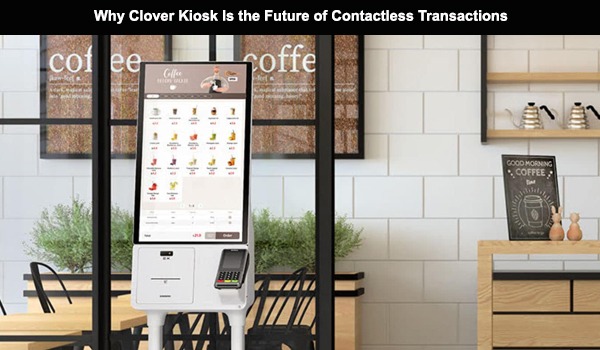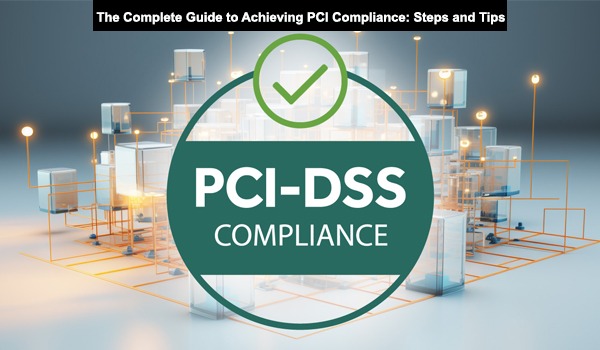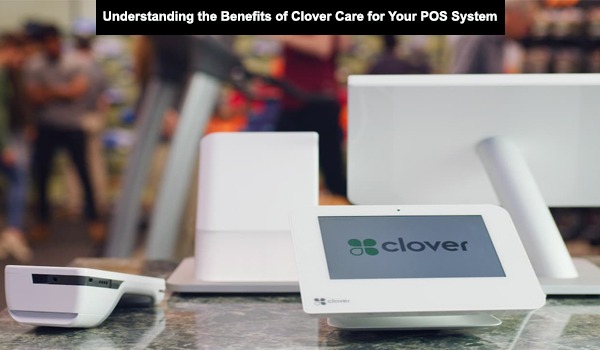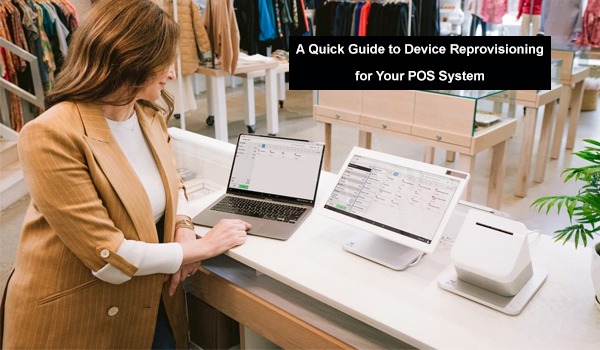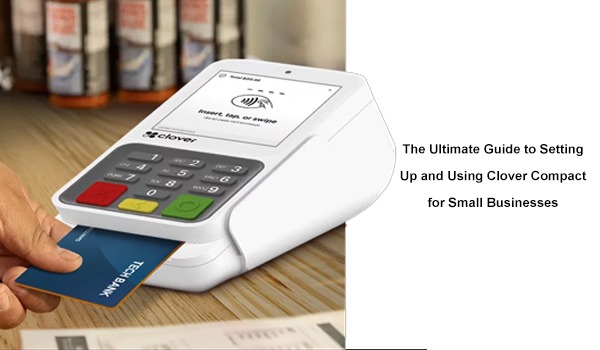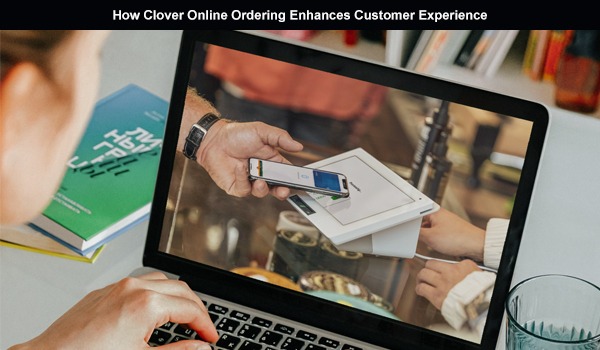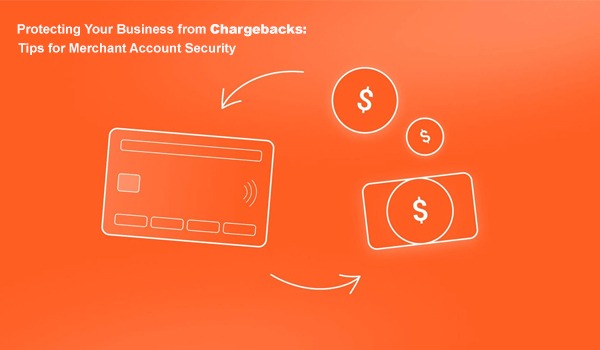
Introduction
In today’s fast-paced economy, accepting credit cards is a necessary service for nearly every business. Credit card processing allows businesses to accept payments electronically, providing convenience for both customers and business owners. However, managing the costs and complexities associated with credit card processing can be challenging. For businesses in California, optimizing this process can improve efficiency, reduce costs, and enhance customer satisfaction. Here, we will explore various strategies that California businesses can use to optimize credit card processing and ensure they get the most out of every transaction.
Understand the Credit Card Processing Fee Structure
One of the first steps in optimizing credit card processing is understanding the associated fees. These fees can be complex and vary depending on the type of card, transaction volume, and payment processor. Typically, businesses will face three main types of fees:
- Interchange Fees: These fees are set by the card-issuing banks and are typically the largest component of credit card processing fees. Interchange fees vary based on the card type (e.g., Visa, MasterCard, or American Express) and whether the transaction is in-person or online. These fees are usually a percentage of the total transaction, plus a small flat fee.
- Processor Fees: These are the fees charged by the payment processor for handling the transaction. They vary depending on the processor’s pricing model (e.g., flat-rate, tiered, or interchange-plus).
- Assessment Fees: These fees are charged by the card networks (Visa, MasterCard, etc.) and are typically a small percentage of the transaction value.
California businesses should analyze these fees and compare the rates of different processors to ensure they are getting the best deal. There are numerous payment processors in the market, and each offers different pricing structures. By choosing the right processor and negotiating fees, businesses can reduce costs significantly.
Choose the Right Payment Processor
Selecting the right payment processor is critical for optimizing credit card processing. Different processors offer varying features, transaction rates, customer support, and integration options. Here are some important factors to consider when choosing a processor:
- Transaction Rates: Look for a processor that offers competitive rates that fit your business model. Some processors offer flat-rate pricing, while others use a tiered or interchange-plus pricing model. For businesses with higher transaction volumes, interchange-plus may offer better savings.
- Integration with Existing Systems: Choose a processor that integrates seamlessly with your existing point-of-sale (POS) system, eCommerce platform, or accounting software. An integrated system can save time and reduce the risk of errors by automatically syncing transactions across different platforms.
- Customer Support: Reliable customer support is essential. Choose a processor that offers responsive support and help when issues arise, especially during high-volume sales events or busy seasons.
- Security Features: Ensure that your processor complies with the Payment Card Industry Data Security Standard (PCI DSS). This is crucial for protecting sensitive customer data and avoiding potential fines or breaches.
Consider Mobile Payment Solutions
In California, businesses can benefit from offering mobile payment options. Mobile wallets, such as Apple Pay, Google Pay, and Samsung Pay, are becoming increasingly popular among consumers. These options allow customers to make payments using their smartphones, reducing the need for physical cards and providing a more convenient and secure method of payment.
Adopting mobile payment solutions can help businesses stay competitive, especially in industries like retail, food service, and hospitality, where customers expect fast, seamless transactions. Integrating mobile payment options into your credit card processing system is a smart way to increase customer satisfaction and optimize payment processing.
Leverage Contactless Payments
Another way to optimize credit card processing is by embracing contactless payment methods. Contactless cards use radio-frequency identification (RFID) technology, allowing customers to pay by simply tapping their card near a point-of-sale terminal. This speeds up the transaction process and reduces the risk of physical contact, which is especially relevant in a post-pandemic world.
Offering contactless payments can improve the customer experience by reducing wait times and minimizing the need for customers to insert their cards into a reader. As more consumers embrace contactless payment options, businesses that fail to offer this service may risk falling behind the competition.
Offer Recurring Billing for Subscription Services
If your business offers subscription-based services, optimizing credit card processing can help streamline billing and improve cash flow. Setting up recurring billing through your payment processor allows you to automatically charge customers on a regular schedule, whether weekly, monthly, or annually.
Recurring billing minimizes the hassle of manually collecting payments, reducing the risk of missed payments and improving customer retention. Additionally, it can provide businesses with predictable cash flow, making it easier to plan and budget.
Improve Security and Fraud
Security is a top priority when dealing with credit card transactions. To optimize credit card processing, California businesses should invest in robust fraud prevention measures to protect both themselves and their customers. The following strategies can help reduce the risk of fraudulent transactions:
- Tokenization: Tokenization is the process of replacing sensitive customer information (such as credit card numbers) with a unique token. This token is useless if intercepted, making it more difficult for fraudsters to access sensitive data.
- EMV Chip Cards: EMV (Europay, MasterCard, and Visa) chip cards are more secure than traditional magnetic stripe cards. They create a unique code for each transaction, making it harder for hackers to duplicate the card or engage in fraudulent activity.
- Address Verification System (AVS): AVS helps verify the billing address provided by the customer matches the address on file with the card-issuing bank. This can help reduce the risk of chargebacks and fraudulent transactions.
- Fraud Detection Tools: Many payment processors offer fraud detection tools, such as machine learning algorithms and real-time transaction monitoring. These tools can help detect suspicious activity and prevent fraudulent charges before they occur.
Optimize for Mobile and Online Payments
California businesses that operate online or have a mobile presence should focus on optimizing their credit card processing systems for eCommerce and mobile payments. Customers increasingly expect to make purchases from their smartphones or computers, so businesses must ensure their payment systems are easy to use and secure across all platforms.
- Mobile-Optimized Websites: Ensure that your website is mobile-friendly and provides a seamless checkout experience on mobile devices. A complicated or slow mobile payment process can result in abandoned carts and lost sales.
- eCommerce Payment Gateways: Choose an eCommerce payment gateway that offers a seamless integration with your shopping cart system, allowing customers to make purchases quickly and securely. Popular options for online payment gateways include PayPal, Stripe, and Shopify Payments.
- Cross-Platform Support: If your business operates across multiple channels (e.g., brick-and-mortar store, online store, and mobile app), make sure your payment processing system can handle transactions across all platforms. Unified payment processing allows for better reporting and inventory management.
Review and Optimize Chargeback Management
Chargebacks occur when a customer disputes a charge, and the credit card company reverses the transaction. Chargebacks can be costly for businesses, as they may involve fees, loss of revenue, and potential damage to a business’s reputation. To minimize chargebacks, businesses should:
- Ensure Clear Refund Policies: Communicate your refund and return policies to customers. This helps prevent misunderstandings that may lead to chargebacks.
- Provide Detailed Descriptions: Make sure that transaction descriptions on credit card statements are clear and easy to recognize. Confusing or unclear descriptions may prompt customers to dispute charges.
- Respond to Disputes Quickly: If a chargeback occurs, respond promptly and provide all necessary documentation to support the legitimacy of the transaction.
Monitor and Analyze Payment Data
Finally, businesses should regularly monitor and analyze their payment processing data to identify trends, optimize payment strategies, and improve performance. By examining transaction data, businesses can:
- Identify High-Volume Payment Methods: Track which payment methods (e.g., credit cards, debit cards, mobile payments) are most commonly used by your customers. This information can help you make decisions about which payment options to prioritize.
- Track Processing Costs: Keep an eye on processing fees and look for opportunities to reduce costs by negotiating better rates with your payment processor or switching to a more cost-effective processor.
- Improve Cash Flow: By analyzing payment cycles and payment methods, businesses can improve cash flow management and ensure they receive payments promptly.
Conclusion
Optimizing credit card processing is essential for California businesses seeking to streamline operations, reduce costs, and enhance customer satisfaction. By understanding fee structures, choosing the right payment processor, offering mobile and contactless payment options, improving security, and monitoring transaction data, businesses can significantly improve their credit card processing systems. Taking the time to optimize payment processing ensures that businesses can stay competitive, increase profitability, and provide a better overall experience for their customers.
